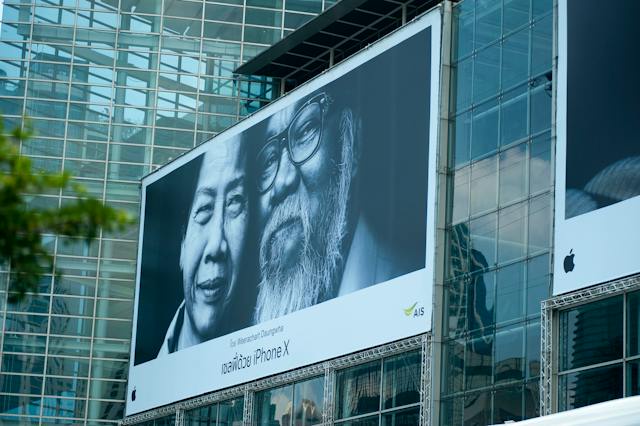In today's fast-paced world, where consumers are bombarded with digital ads and information overload, out-of-home (OOH) advertising has emerged as a beacon of creativity and effectiveness. From towering billboards to interactive bus shelters, OOH advertising continues to capture audience attention in innovative ways. In this article, we'll explore five creative strategies that make OOH advertising stand out in the crowded advertising landscape.
-
Location, Location, Location: One of the most crucial aspects of OOH advertising is choosing the right location. Unlike digital ads that can be skipped or ignored, OOH ads are strategically placed in high-traffic areas where they're almost impossible to miss. Whether it's a busy street corner, a bustling subway station, or a popular shopping mall, the key is to be where your target audience is. For example, a fitness brand might place ads near gyms or jogging trails, while a fast-food chain might target areas with high foot traffic during lunch hours. By selecting the right locations, OOH advertisers can ensure maximum exposure and engagement with their target demographic.
-
Creative Design and Visual Impact: In the world of OOH advertising, creativity is king. With limited time to capture the audience's attention, OOH ads must make a bold statement and leave a lasting impression. This is where creative design and visual impact play a crucial role. Whether it's through striking imagery, bold colors, or clever use of typography, OOH ads must grab attention and convey their message quickly and effectively. For example, the iconic Coca-Cola billboards with their vibrant red background and timeless logo are instantly recognizable and have become ingrained in popular culture. Similarly, the "Share a Coke" campaign, which featured personalized bottles with people's names, sparked widespread social media engagement and drove sales through its clever use of OOH advertising.
-
Interactive Experiences: In today's digital age, consumers crave experiences that go beyond passive consumption. OOH advertisers have responded to this demand by incorporating interactive elements into their campaigns. Whether it's through QR codes, augmented reality (AR), or experiential installations, OOH ads can create memorable experiences that engage audiences on a deeper level. For example, a furniture store might set up an interactive bus shelter where passersby can virtually "try out" different pieces of furniture in their own home using AR technology. Similarly, a travel agency could use QR codes on billboards to offer instant discounts or access to exclusive travel content. By making OOH advertising interactive, brands can foster greater engagement and forge stronger connections with their audience.
-
Surprise and Delight: Sometimes, the best way to capture audience attention is by surprising them. OOH advertisers have embraced this philosophy by creating campaigns that surprise and delight viewers in unexpected ways. Whether it's through clever optical illusions, hidden messages, or playful gimmicks, these campaigns leave a lasting impression and generate buzz both online and offline. For example, a Swedish pharmacy chain once installed a billboard that emitted UV light to reveal a hidden message about the importance of sunscreen, surprising passersby and driving home the brand's message in a memorable way. Similarly, Guinness famously used 3D technology to create a larger-than-life pint of beer on a billboard, attracting crowds and generating social media buzz. By injecting an element of surprise into their campaigns, OOH advertisers can cut through the clutter and capture audience attention in a crowded marketplace.
-
Embracing Technology: In recent years, advancements in technology have revolutionized the world of OOH advertising. From digital billboards to geo-targeted ads, technology has enabled advertisers to deliver more targeted, dynamic, and engaging content to their audience. For example, digital billboards can rotate multiple ads throughout the day, allowing advertisers to tailor their message to different times of day or target different demographics. Similarly, geofencing technology can deliver hyper-targeted ads to consumers based on their location, ensuring that the right message reaches the right audience at the right time. By embracing technology, OOH advertisers can leverage data-driven insights to create more effective campaigns and deliver personalized experiences that resonate with their audience on a deeper level.
Conclusion
Out-of-home advertising continues to captivate audiences with its creativity, innovation, and ability to cut through the clutter of modern-day advertising. By strategically choosing locations, embracing creative design, incorporating interactive experiences, surprising and delighting viewers, and leveraging technology, OOH advertisers can create campaigns that capture attention, spark engagement, and leave a lasting impression on their target audience. As technology continues to evolve and consumer preferences shift, the future of OOH advertising is bright, promising even more exciting opportunities for brands to connect with consumers in meaningful and memorable ways.


No comments yet